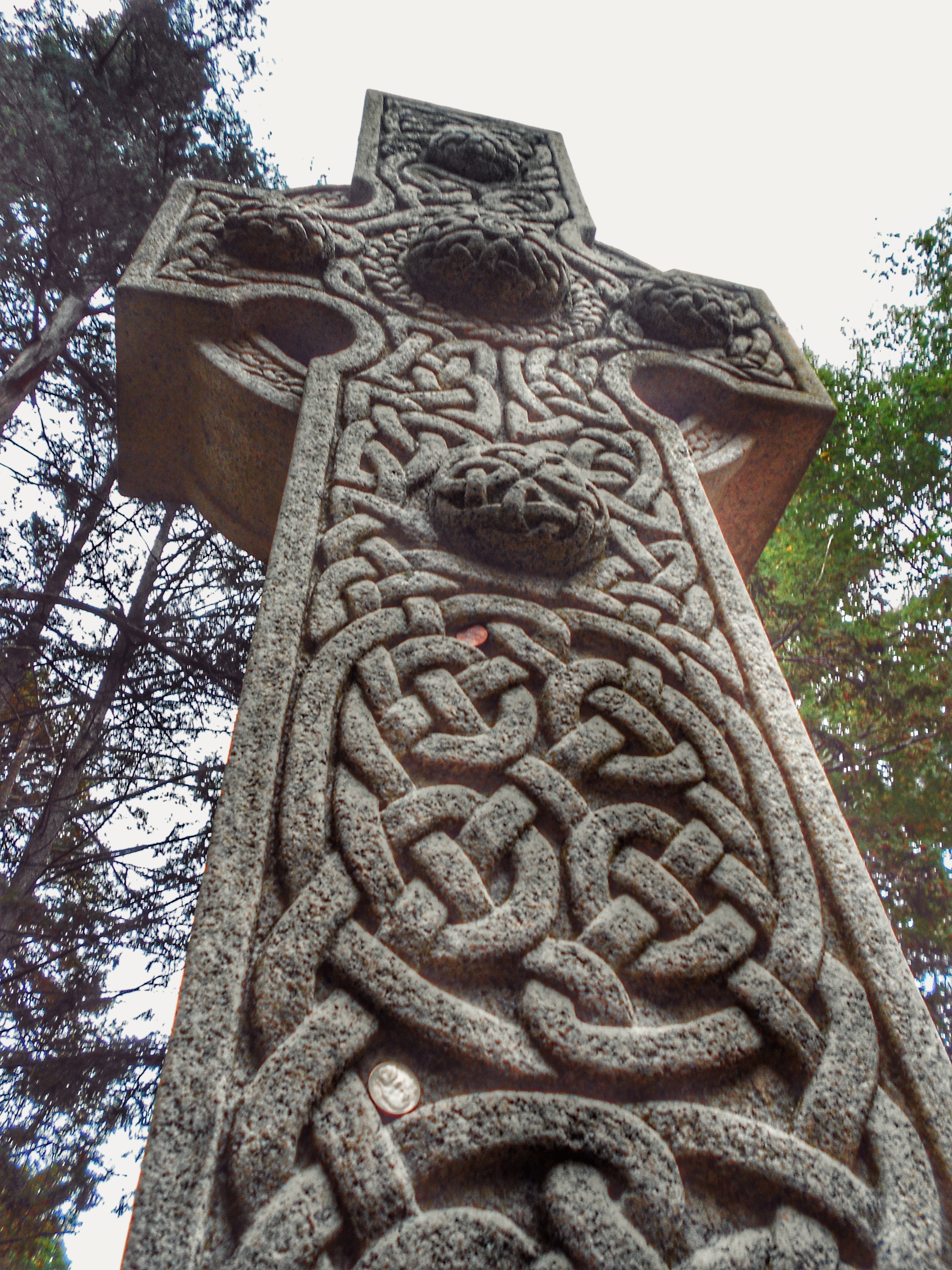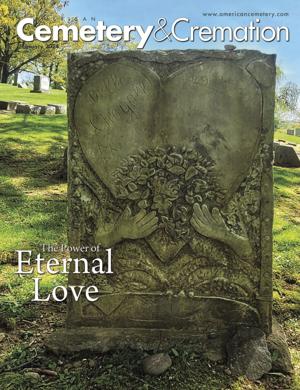John Dustin Archbold was a key figure of the Gilded Age. He worked for John D. Rockefeller’s company, Standard Oil, where he served alternately as vice president, president, and a member of the board of directors. The Archbold mausoleum, situated across from William Rockefeller's mausoleum, is a unique structure. Crafted from green granite by Troy Granite in Worcester, Massachusetts, it stands at an impressive 36 feet by 36 feet and reaches a height of 32 feet, housing 12 crypts.The mausoleum, and its bronze doors, were designed by the New York firm of Morris, Butler and Rodman Architects. The Norcross Brothers, a 19th century construction company, oversaw the building of the structure. Inside, the glass mosaic ceiling, a true work of art, was painstakingly crafted by Otto Heinigke (1850-1915) and features a myriad of Christian symbols, including the Agnes Dei (lamb of God), winged depictions of the four evangelists, angels, and crosses, each with its own fascinating story to tell.










.jpeg)






.jpeg)


